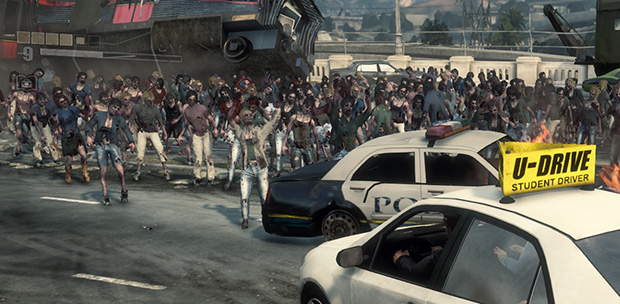Zombie Contagion: Origins September 3, 2016
Author: Beach Combing | in : Contemporary, Modern , trackback
Beach read and watched a lot of zombie fiction this last summer. There was the Living Dead, the nightmarish Crossed and Alan Moore’s incredible adaptation, not to mention 28 Days Later. Beach is not an out and out zombie fan. In fact, he finds zombies, per se, the least interesting of all our supernatural fauna. (If Beach was to design a supernatural zoo, he’d put zombies in the lizard house). But there are two things that make contemporary zombie fiction work. First, there is the claustrophobia as the zombie bug spreads and more and more of humanity goes to the other side; then, second, and more subtly there is the way that the real evil comes not the zombies themselves but from the brutalized human neighbours who are prepared to do anything they can to survive.
While watching and reading a question began to formulate itself. Anyone can come up with a new supernatural creature or borrow it from some obscure corner of world mythology. African beliefs seem to have been ultimately the source of this particularly version of the undead. But what Beach finds fascinating is the idea that zombies reproduce themselves. They make more zombies, who in turn, hunt and kill more humans, till presumably no one survives. The zombie film/book is (uniquely?) an apocalyptic scenario, not a family getting scared by sounds in the attic, and seems to have been at least since the 1960s. Where, though, does this idea of the zombie contagion come from? Beach scratched his head about this. The only answer he could come up with was ‘vampire fiction’.
Already in the dreadful Dracula (the worst written ‘classic’ in the English language?) Bram Stoker had provided us with a monster that could reproduce itself. In fact, a great deal of the tension of the book comes from the fear over, what will happen, when this virus gets started in Britain. Did Bram Stoker get the virus idea from somewhere else? To see, meanwhile, what a disappointment a zombie is without contagion read Frankenstein, a much better written, but often slow horror tale. Other explanations for the fictional origins of zombie contagion? Drbeachcombing AT yahoo DOT com
Leif, 29 Sep 2016: A brief websearch seemingly settles the issue of where zombie contagion comes from. The first reference is a book with the title of (I’m not making this up.) Race, Oppression and the Zombie: Essays on Cross-Cultural Appropriations of the Caribbean Tradition. Christopher M. Moreman and Cory James Rushton, editors. McFarland. 2011.
From the editors’ introduction, page 1. ‘… George Romero redirected zombies in a fundamental way in 1968, when he reimagined them in Night of the Living Dead as cannibalistic ghouls who replicate themselves through infection…’
The next reference from Tested.com.
David Konow. July 31, 2013.
Romero’s Rules: The Origins of The Slow Zombie
‘As John Russo, who co-wrote [Night of the Living Dead (1968)]with Romero, wrote in his book “Scare Tactics”, “What we did was give the old zombie legend a new twist. We made our zombies into cannibals–eaters of human flesh. And in our movie there were lots of them. They were weak and slow – moving as individuals, but they had strength of numbers on their side. Conceptually what we had done was cross the zombie myth with aspects of the vampire and werewolf myths to come up with something new.”
‘…As with many horror flicks, a low budget dictated the form of the film. Romero and company couldn’t afford to have people coming out of graves, so they decided only the recent dead could come back, or people who had been killed as a result of a zombie attack. ‘
Both references agree that zombie contagion began with George Romero and John Russo, with the latter source seemingly authoritative. Night of the Living Dead is a Z-movie (a film produced on a very tight schedule with a very limited budget), and origin of the contagion is at least in part based on budgetary constraints. In Z-movies actors often play multiple roles. Hiring fewer actors is cheaper, and it simplifies the shooting schedule.
Dr. Beachcombing also wonders where Bram Stoker got the virus idea from. Long before Stoker, vampires were associated with contagion. Consider the cases of Petar Blagojevich and Arnold Paole in 1725 and 1726, respectively.
Jerr writes, 20 Sep 2016, Night of the Living Dead, has one of the characters describe the undead not as zombies; but, as ghouls with no explanation on why the dead were rising and eating the living. that film clearly introduced the idea that anyone bitten by a zombie becomes a zombie. Wikipedia has a pretty extensive article about the evolution in film of the monsters.


